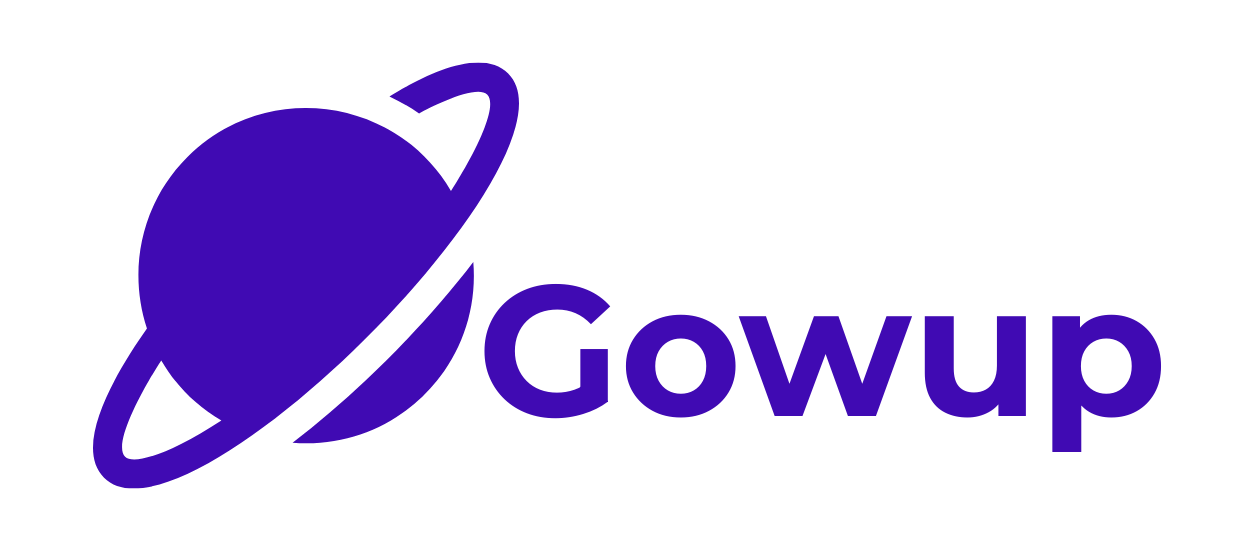Key Takeaways
- The suspension, which will last for 90 days, allows the THORChain community time to formulate a stabilization plan
- The suspended lending and savings programs were part of THORFi, an experimental decentralized finance (DeFi) layer launched by THORChain.
Leading decentralised cross-chain liquidity protocol, THORChain, has temporarily suspended its Bitcoin (BTC ($105,388.96)) and Ethereum (ETH ($3,394.45)) lending and savings programs. The decision, made by the protocol’s network node operators is part of an effort to avoid insolvency and restructure its financial obligations.
The suspension, which will last for 90 days, allows the THORChain community time to formulate a stabilization plan. Orion (9r), a developer at THORChain, explained the decision in a message on Discord, stating, “To safeguard LPs and maintain network stability, we are recommending nodes vote to temporarily suspend ThorFi redemptions.” While the lending and savings programs are paused, THORChain’s core trading functions and liquidity pools remain operational, ensuring users can continue deposits and withdrawals without disruption.
THORChain enables users to trade assets like Bitcoin and Ethereum across blockchains without relying on centralized intermediaries. Its functionality depends on liquidity pools (LPs), where users deposit crypto to earn fees.
The protocol’s native token, RUNE ($2.40), underpins its operations, providing liquidity and facilitating trades. However, RUNE’s value has seen a sharp decline, falling 30% in a single day to $2.25 from $3.05. Over the past month, the token has lost 57% of its value, raising concerns about its role in maintaining the protocol’s financial health.
The suspended lending and savings programs were part of THORFi, an experimental decentralized finance (DeFi) layer launched by THORChain. These programs allowed users to earn returns on BTC and ETH deposits or borrow against their holdings. However, liabilities from these programs, estimated at $200 million, primarily in BTC and ETH, have created financial strain. If users were to withdraw their savings or repay loans simultaneously, the protocol could face insolvency.
The risk is tied to THORChain’s approach to debt management. To meet its obligations, the protocol mints new RUNE tokens and sells them in liquidity pools. With RUNE’s price dropping significantly, this method has become less effective.
This is not the first time the protocol has acted to mitigate risks. Deposits into the lending and savings programs were halted over a year ago as concerns grew among the community. A core investor in THORChain, known as TCB, pointed to risky features like ThorFi as key contributors to the instability, noting that they have since been removed to preserve the protocol’s core functionality.
Since its launch in 2021, THORChain has been a significant player in cross-chain trading with it’s total value locked (TVL) currently standing at over $266 million, according to data from DeFiLlama. In October 2024, THORChain integrated with the Ledger hardware wallet, allowing users to perform native BTC and ETH swaps directly through Ledger Live.







